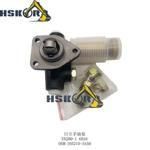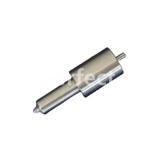Information injection-pump assembly
ZEXEL
101607-6860
1016076860
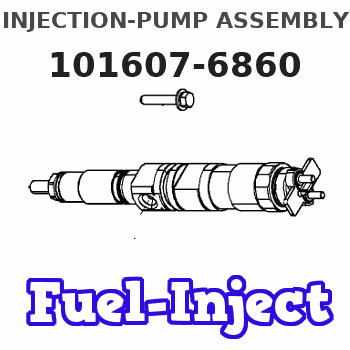
Rating:
Service parts 101607-6860 INJECTION-PUMP ASSEMBLY:
1.
_
6.
COUPLING PLATE
7.
COUPLING PLATE
8.
_
9.
_
11.
Nozzle and Holder
ME078066
12.
Open Pre:MPa(Kqf/cm2)
17.7{180}
15.
NOZZLE SET
Cross reference number
ZEXEL
101607-6860
1016076860
Zexel num
Bosch num
Firm num
Name
101607-6860
INJECTION-PUMP ASSEMBLY
Calibration Data:
Adjustment conditions
Test oil
1404 Test oil ISO4113 or {SAEJ967d}
1404 Test oil ISO4113 or {SAEJ967d}
Test oil temperature
degC
40
40
45
Nozzle and nozzle holder
105780-8140
Bosch type code
EF8511/9A
Nozzle
105780-0000
Bosch type code
DN12SD12T
Nozzle holder
105780-2080
Bosch type code
EF8511/9
Opening pressure
MPa
17.2
Opening pressure
kgf/cm2
175
Injection pipe
Outer diameter - inner diameter - length (mm) mm 6-2-600
Outer diameter - inner diameter - length (mm) mm 6-2-600
Overflow valve
131424-5520
Overflow valve opening pressure
kPa
255
221
289
Overflow valve opening pressure
kgf/cm2
2.6
2.25
2.95
Tester oil delivery pressure
kPa
157
157
157
Tester oil delivery pressure
kgf/cm2
1.6
1.6
1.6
Direction of rotation (viewed from drive side)
Left L
Left L
Injection timing adjustment
Direction of rotation (viewed from drive side)
Left L
Left L
Injection order
1-5-3-6-
2-4
Pre-stroke
mm
4.5
4.45
4.55
Beginning of injection position
Governor side NO.1
Governor side NO.1
Difference between angles 1
Cal 1-5 deg. 60 59.5 60.5
Cal 1-5 deg. 60 59.5 60.5
Difference between angles 2
Cal 1-3 deg. 120 119.5 120.5
Cal 1-3 deg. 120 119.5 120.5
Difference between angles 3
Cal 1-6 deg. 180 179.5 180.5
Cal 1-6 deg. 180 179.5 180.5
Difference between angles 4
Cyl.1-2 deg. 240 239.5 240.5
Cyl.1-2 deg. 240 239.5 240.5
Difference between angles 5
Cal 1-4 deg. 300 299.5 300.5
Cal 1-4 deg. 300 299.5 300.5
Injection quantity adjustment
Adjusting point
A
Rack position
10.9
Pump speed
r/min
700
700
700
Average injection quantity
mm3/st.
88
87
89
Max. variation between cylinders
%
0
-2.5
2.5
Basic
*
Fixing the lever
*
Injection quantity adjustment_02
Adjusting point
B
Rack position
11.7
Pump speed
r/min
1400
1400
1400
Average injection quantity
mm3/st.
102.5
98.5
106.5
Fixing the lever
*
Injection quantity adjustment_03
Adjusting point
C
Rack position
8.5+-0.5
Pump speed
r/min
350
350
350
Average injection quantity
mm3/st.
11.5
10
13
Max. variation between cylinders
%
0
-15
15
Fixing the rack
*
Timer adjustment
Pump speed
r/min
1200--
Advance angle
deg.
0
0
0
Remarks
Start
Start
Timer adjustment_02
Pump speed
r/min
1150
Advance angle
deg.
0.5
Timer adjustment_03
Pump speed
r/min
1400
Advance angle
deg.
4
3.5
4.5
Remarks
Finish
Finish
Test data Ex:
Governor adjustment
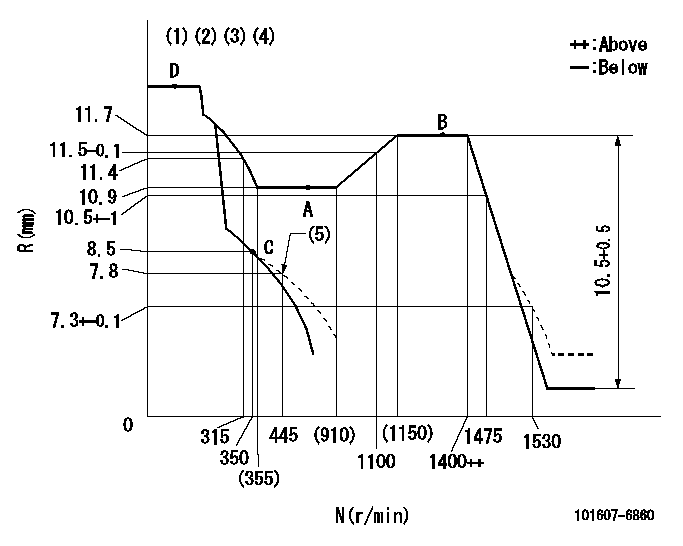
N:Pump speed
R:Rack position (mm)
(1)Lever ratio: RT
(2)Target shim dimension: TH
(3)Tolerance for racks not indicated: +-0.05mm.
(4)Delivered with smoke limiter not operating
(5)Damper spring setting
----------
RT=1 TH=2.6mm
----------
----------
RT=1 TH=2.6mm
----------
Speed control lever angle

F:Full speed
I:Idle
(1)Stopper bolt setting
----------
----------
a=(5.5deg)+-5deg b=(18deg)+-5deg
----------
----------
a=(5.5deg)+-5deg b=(18deg)+-5deg
0000000901
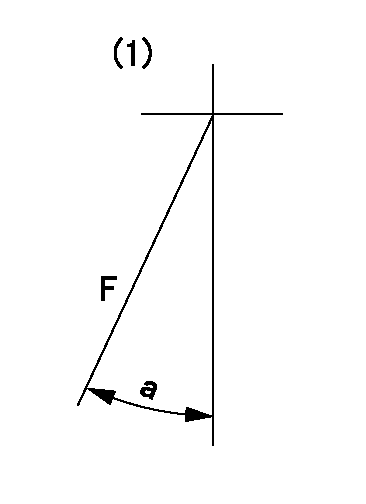
F:Full load
(1)Fix the lever at the full load position
----------
----------
a=16deg+-5deg
----------
----------
a=16deg+-5deg
Stop lever angle
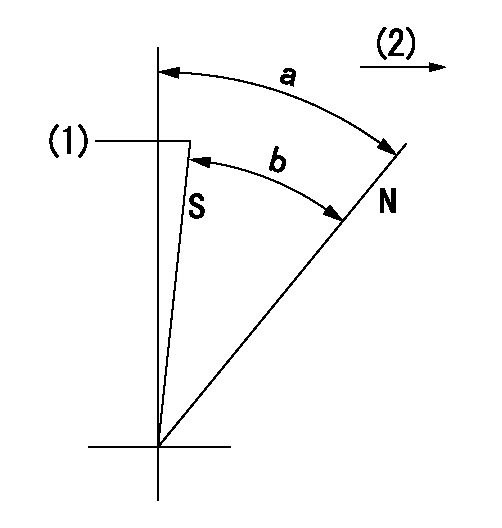
N:Pump normal
S:Stop the pump.
(1)Set stopper bolt so that rack position = aa (after adjusting, apply red paint).
(2)Drive side
----------
aa=5.9-0.5mm
----------
a=57deg+-5deg b=52deg+7deg-5deg
----------
aa=5.9-0.5mm
----------
a=57deg+-5deg b=52deg+7deg-5deg
Timing setting

(1)Pump vertical direction
(2)Position of timer's tooth at No 1 cylinder's beginning of injection
(3)B.T.D.C.: aa
(4)-
----------
aa=12deg
----------
a=(0deg)
----------
aa=12deg
----------
a=(0deg)
Information:
Moisture Content
Problems with fuel filters can occur at any time. The cause of the problem can be water in the fuel or moisture in the fuel. At low temperatures, moisture causes special problems. There are three types of moisture in fuel: dissolved moisture (moisture in solution), free and dispersed moisture in the fuel and free and settled at the bottom of the tank.Most diesel fuels have some dissolved moisture. Just as the moisture in air, the fuel can only contain a specific maximum amount of moisture at any one temperature. The amount of moisture decreases as the temperature is lowered. For example, a fuel could contain 100 ppm(100 mg/kg or 0.010 percent) of water in solution at 18°C (65°F). This same fuel can possibly hold only 30 ppm(30 ppm or 0.003 percent) at 4°C (40°F).After the fuel has absorbed the maximum amount of water, the additional water will be free and dispersed. Free and dispersed moisture is fine droplets of water that is suspended in the fuel. Since the water is heavier than the fuel, the water will slowly become free and settled at the bottom of the tank. In the above example, when the fuel temperature was lowered from 18°C (65°F) to 4°C (40°F), 70 ppm(mg/kg) of water became free and dispersed in the fuel.The small drops of water cause a cloudy appearance in the fuel. If the change in temperature is slow, the small drops of water can settle to the bottom of the tank. When the fuel temperature is lowered rapidly to freezing temperature, the moisture that comes out-of-solution changes to very fine particles of ice instead of small drops of water.The particles of ice are lighter than the fuel, and the particles of ice will not settle to the bottom of the tank. When this type of moisture is mixed in the fuel, this moisture will fill the fuel filters. The ice crystals will plug the fuel filters in the same way as wax plugs the fuel filters.If a filter is plugged and fuel flow is stopped, perform the following procedure to determine the cause:
Remove the fuel filters.
Cut the fuel filters open.
Inspect the fuel filter before the filter warms. This inspection will show that the filter is filled with particles of either ice or wax.The moisture which is free and settled at the bottom of the tank can become mixed with the fuel. The force of any pumping action will mix the moisture with the fuel whenever fuel is transferred. This moisture then becomes free and dispersed water. This moisture can cause ice in the filters. This moisture can cause other problems with filters at any temperature. Generally, the same force that mixes the water into the fuel will also mix dirt and rust from the bottom of the tank with the water. The result is a dirty mixture of fuel and water which can also fill the filters and stop fuel flow.Specific Gravity / API Gravity
The specific gravity of diesel fuel is the
Problems with fuel filters can occur at any time. The cause of the problem can be water in the fuel or moisture in the fuel. At low temperatures, moisture causes special problems. There are three types of moisture in fuel: dissolved moisture (moisture in solution), free and dispersed moisture in the fuel and free and settled at the bottom of the tank.Most diesel fuels have some dissolved moisture. Just as the moisture in air, the fuel can only contain a specific maximum amount of moisture at any one temperature. The amount of moisture decreases as the temperature is lowered. For example, a fuel could contain 100 ppm(100 mg/kg or 0.010 percent) of water in solution at 18°C (65°F). This same fuel can possibly hold only 30 ppm(30 ppm or 0.003 percent) at 4°C (40°F).After the fuel has absorbed the maximum amount of water, the additional water will be free and dispersed. Free and dispersed moisture is fine droplets of water that is suspended in the fuel. Since the water is heavier than the fuel, the water will slowly become free and settled at the bottom of the tank. In the above example, when the fuel temperature was lowered from 18°C (65°F) to 4°C (40°F), 70 ppm(mg/kg) of water became free and dispersed in the fuel.The small drops of water cause a cloudy appearance in the fuel. If the change in temperature is slow, the small drops of water can settle to the bottom of the tank. When the fuel temperature is lowered rapidly to freezing temperature, the moisture that comes out-of-solution changes to very fine particles of ice instead of small drops of water.The particles of ice are lighter than the fuel, and the particles of ice will not settle to the bottom of the tank. When this type of moisture is mixed in the fuel, this moisture will fill the fuel filters. The ice crystals will plug the fuel filters in the same way as wax plugs the fuel filters.If a filter is plugged and fuel flow is stopped, perform the following procedure to determine the cause:
Remove the fuel filters.
Cut the fuel filters open.
Inspect the fuel filter before the filter warms. This inspection will show that the filter is filled with particles of either ice or wax.The moisture which is free and settled at the bottom of the tank can become mixed with the fuel. The force of any pumping action will mix the moisture with the fuel whenever fuel is transferred. This moisture then becomes free and dispersed water. This moisture can cause ice in the filters. This moisture can cause other problems with filters at any temperature. Generally, the same force that mixes the water into the fuel will also mix dirt and rust from the bottom of the tank with the water. The result is a dirty mixture of fuel and water which can also fill the filters and stop fuel flow.Specific Gravity / API Gravity
The specific gravity of diesel fuel is the
Have questions with 101607-6860?
Group cross 101607-6860 ZEXEL
Mitsubishi
Mitsubishi
Mitsubishi
101607-6860
INJECTION-PUMP ASSEMBLY
